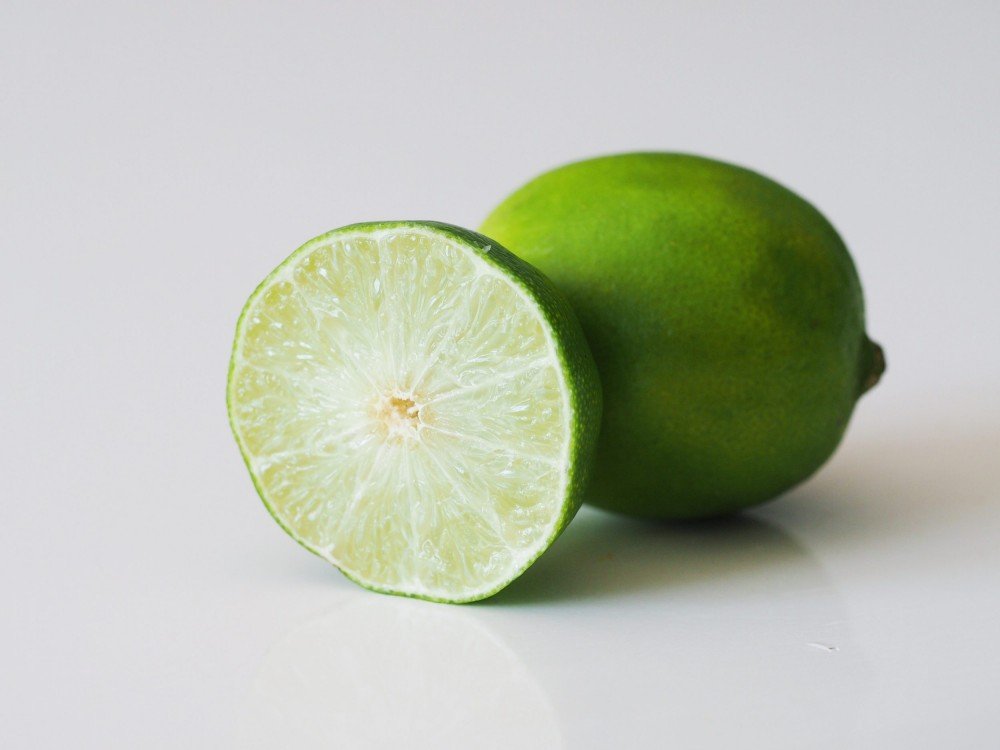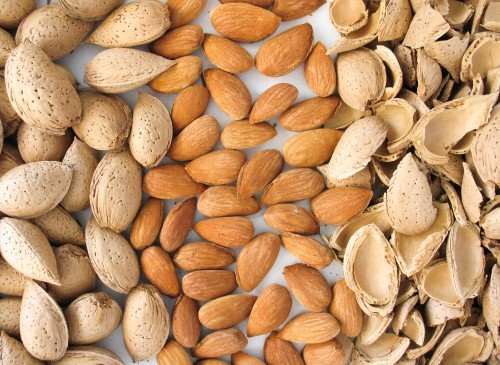Lime adds zing to your life, though they are too tart to bite into, these small, green citrus fruits add flavor to foods. They fight disease, thanks mostly to Vitamin C. Limes close relatives of lemons, come in two main types- Persian or common limes and Key limes, which are smaller and slightly sweeter. In addition to vitamin C, limes provide fiber and some amounts of calcium, iron, and copper.
Limonoids, compounds that give limes and other citrus fruits their bitter taste, have shown anti-cancer promise in animal studies. To add that zing to your diet, drizzle lime juice on a salad instead of high-fat salad dressing. Sprinkle lime juice on tropical fruit, such as mango, papaya, or pineapple to prevent discoloration and perk up the flavor. One can squeeze some on broiled fish, lamb chops, or steaks. If a recipe requires lemons, use lime instead. The minced zest or juice of limes goes well in soups, sauces, vinaigrettes, ice cream, and sorbets. It can add flavor too to soft drinks and punches.
Lime juice can act as a meat tenderizer and even "cooks" seafood in particular fish foods. This fruit guards your gums against disease. It occurs when bacteria affects the gum and bones that anchor the teeth. Add more vitamin C into your diet.
When buying limes look for brightly colored, smooth-skinned limes. They should be heavy for their size, but not feel too hard when squeezed. The small brown areas on the skin is not a problem. That won't affect the flavor, but avoid limes with hard or shriveled skin or signs of mold. Tightly wrap cut limes in plastic and refrigerate for a few days. Scrub with soap and water when using the zest.
Lastly, to get more from a lime, roll it firmly between your hands or on the countertop, then pop it in the microwave for seconds.




Add your reply
Replies